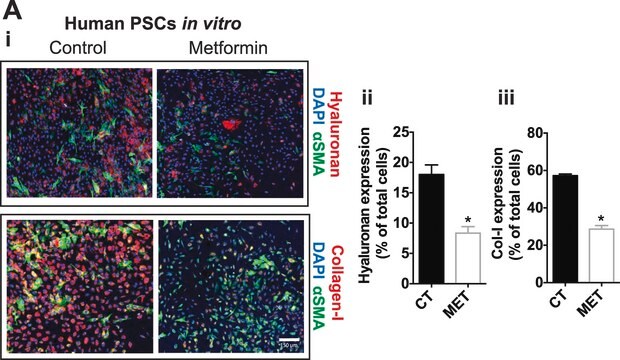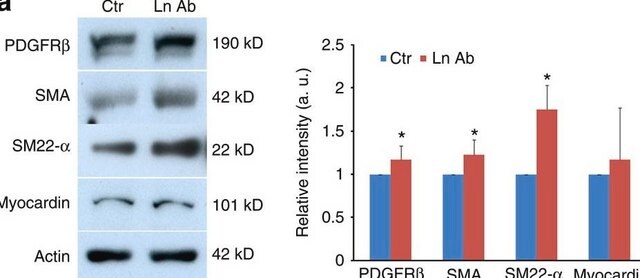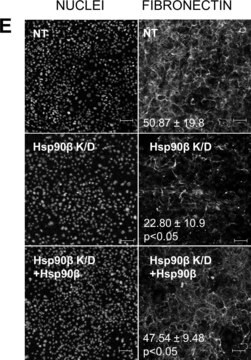A5228
Anti-Actin, α-Smooth Muscle antibody, Mouse monoclonal
clone 1A4, purified from hybridoma cell culture
Synonym(s):
Monoclonal Anti-Actin, α-Smooth Muscle, Acta2 Antibody, Alpha Smooth Muscle Actin Antibody Sigma, SMA Antibody - Anti-Actin, α-Smooth Muscle antibody, Mouse monoclonal, Sma Antibody, alpha SMA, SMA
About This Item
Recommended Products
biological source
mouse
Quality Level
conjugate
unconjugated
antibody form
purified immunoglobulin
antibody product type
primary antibodies
clone
1A4, monoclonal
form
PBS solution
mol wt
antigen ~42 kDa
species reactivity
human, mouse, rat, chicken, frog, canine, rabbit, guinea pig, goat, bovine, sheep, snake
packaging
antibody small pack of 25 μL
technique(s)
immunocytochemistry: suitable using smooth muscle cells
immunohistochemistry (formalin-fixed, paraffin-embedded sections): suitable using smooth muscle cells
indirect ELISA: suitable
indirect immunofluorescence: 5-10 μg/mL using blood vessels in formalin-fixed, paraffin-embedded human tonsil or appendix tissue sections
microarray: suitable
western blot: suitable using smooth muscle cells
isotype
IgG2a
UniProt accession no.
application(s)
research pathology
shipped in
dry ice
storage temp.
−20°C
target post-translational modification
unmodified
Gene Information
human ... ACTA2(59)
mouse ... Acta2(11475)
rat ... Acta2(81633)
Looking for similar products? Visit Product Comparison Guide
General description
Immunogen
Application
- immunofluorescence staining
- immunohistochemistry
- immunoblotting
- immunocytochemistry
- enzyme linked immunosorbent assay (ELISA)
- western blotting
IHC analysis of x-gal stained muouse cardiac tissue was performed using the primary antibody, mouse monoclonal anti-smooth muscle actin to identify myofibroblasts.
Biochem/physiol Actions
Physical form
Other Notes
Disclaimer
Not finding the right product?
Try our Product Selector Tool.
Storage Class Code
10 - Combustible liquids
WGK
WGK 2
Flash Point(F)
Not applicable
Flash Point(C)
Not applicable
Personal Protective Equipment
Choose from one of the most recent versions:
Already Own This Product?
Find documentation for the products that you have recently purchased in the Document Library.
Our team of scientists has experience in all areas of research including Life Science, Material Science, Chemical Synthesis, Chromatography, Analytical and many others.
Contact Technical Service





